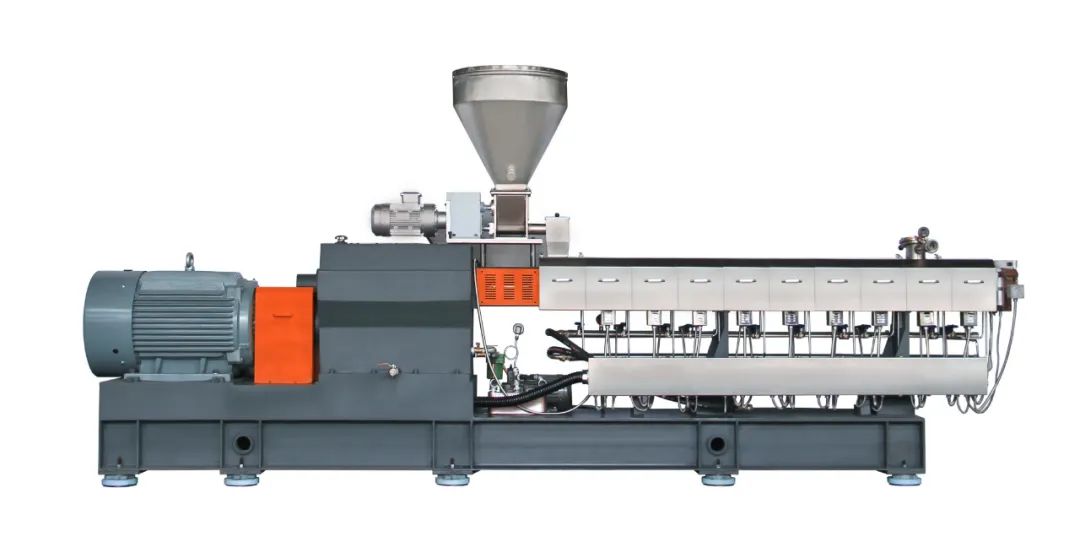There are many factors that go into making good nylon toughening, this time we are still talking about equipment. The last section talked about how it is best to choose a twin-screw extruder with the right length-to-diameter ratio and high torque.
So what are the benefits of a high torque extruder. This time Dean focuses on one of the best points it can produce, which is reduced shear heat.

In two ways, firstly in nylon toughening, when a twin-screw extruder is used for nylon toughening modification, it tends to plasticise well, rather than the barrel heating providing the heat.
The shear heat generated by the screw during rotation is enough to melt and plasticise the nylon.
This is when we find that during normal twin-screw production, in fact, apart from the first few sections in zones 1 to 4, which are heated, the fifth and sixth sections are often cooled, which means that during rotation, it actually generates a lot of shear heat.
The shear heat is too great for the nylon material is definitely a bad result, it will lead to damage in the nylon toughening process of the performance, and thus decline.
Secondly, when the screw combination is certain, the viscosity of the material is certain and the speed of the main machine is certain, the material will be subjected to a certain amount of shear heat when it passes through a certain area of the extruder.
If we use an extruder with a higher torque, it means that more material is passed through the extruder per unit of time, so the average shear heat of the material is lower, and we can effectively reduce the shear heat to ensure the full plasticisation and melting state, so that the performance of the modified material can be better maintained.
Therefore, the higher torque can bring about a reduction in shear heat.











